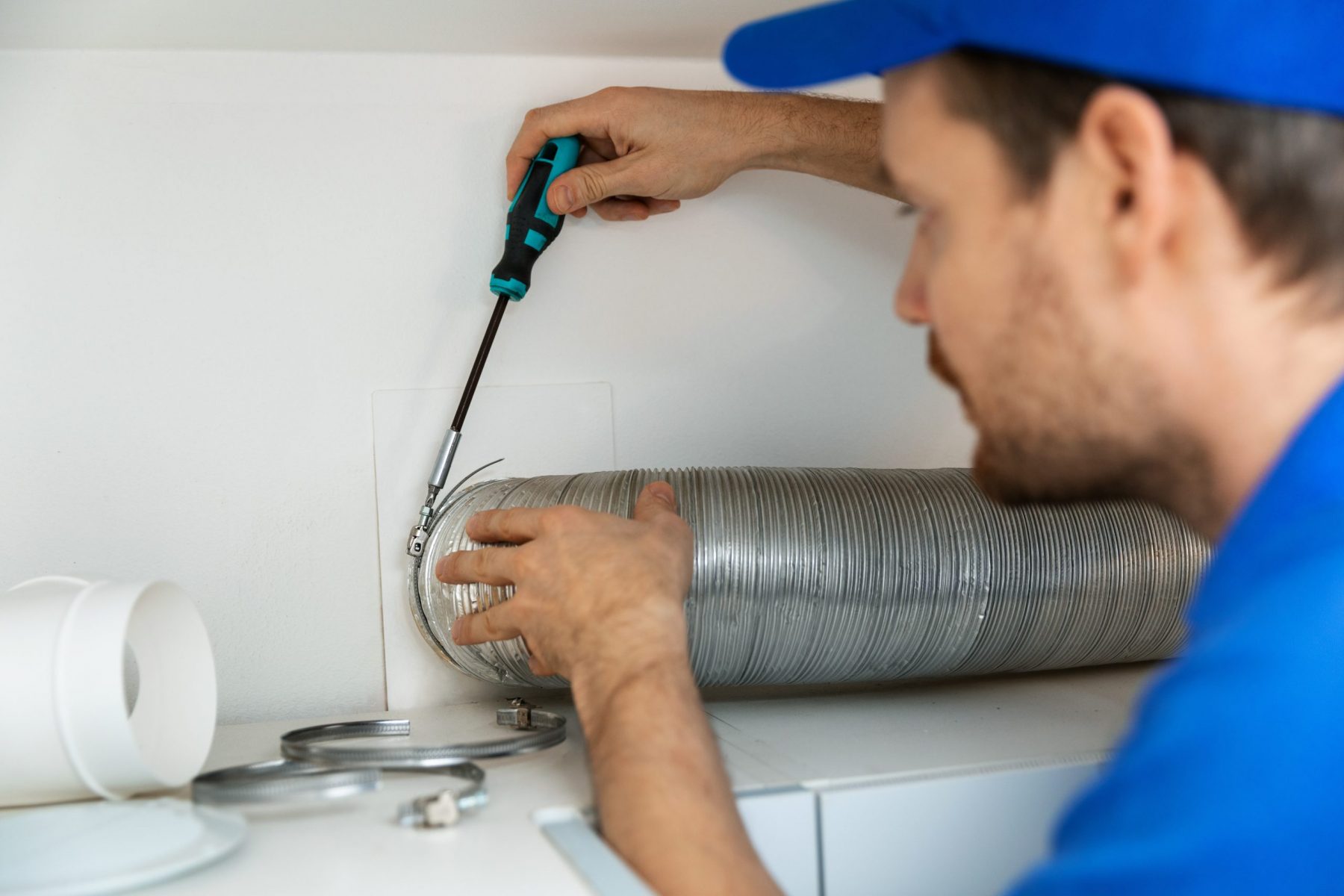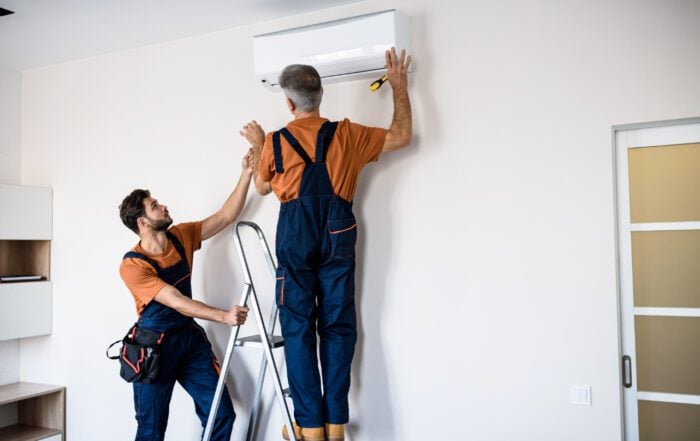Your home most likely consists of a complex heating and cooling system, called the HVAC system. This system includes a network of ducts and vents that are responsible for distributing warm and cool air throughout your home. If you encounter issues with your heating and cooling system, a leak in your ductwork may be the issue.
The ductwork network is an integral component of your HVAC system. The ductwork network is made up of supply ducts and return ducts. A possible, and often overlooked, part of the HVAC system, that may be the cause of system inefficiency, is a leak in the return air duct.
Purpose of a Return Air Duct
Supply and return ducts make up your home’s ventilation system. While supply vents release air into your home, return vents draw air back into the system. A return air duct brings air back through the system to be reconditioned and then delivered back through the supply vents. Return vents ensure the balance of airflow throughout your home.
Typically, return vents are located on the floor, walls, or in ceilings. They are normally bigger in size compared to supply vents. You can determine if a vent is a return air duct by holding a piece of paper up to it while the system is running. If the paper is sucked to the vent, it is a return air duct.
 Signs of a Return Air Duct Leak
Signs of a Return Air Duct Leak
Leaky ductwork will cause your ventilation system to improperly and inefficiently function. It can be difficult to recognize a leak, but there are signs that can lead you to believe that leaky ductwork is the cause of your HVAC system malfunction. Higher utility bills, excessive dust, poor air quality, temperature imbalance, and system repairs can all be consequences of a leaky return air duct.
On a visual level, you may notice your return air duct system has holes due to deterioration over time. Another cause of a leak may be due to disconnected ducts. Additionally pest infestation in your ductwork can be responsible for damages and holes in the system. Routine cleanings of your ductwork can prevent damaging infestations.
How To Locate A Leak
If you suspect a leak in your ductwork, you should take the initiative to locate exactly where the leak is.
Look For Holes
The first action you should take to find a potential leak is inspecting your ductwork. Have a grease pencil handy to mark off any areas you found to be damaged. If you notice tears in the system, be prepared to contact a professional to repair your return air duct.
Turn Your System On Full Blast
If you have had difficulty locating the leak, run your HVAC system on full blast. With air being pushed and returned throughout your home, you will be able to detect temperature fluctuations around tears in your ductwork.
Inspect Return Air Duct Joints
The weakest parts of your ductwork are the duct joints. Examine the joints by running your hands over to see if you feel any air. If you feel air, the duct joint is leaking.
Seal Tears & Holes
After you have completed a thorough examination of your ductwork and identified any tears and holes, you should take steps to seal them. An experienced HVAC technician can repair any leaks found in your return air duct network. A professional will ensure your HVAC system is back to running efficiently and effectively.
Want to Schedule a HVAC Maintenance Checkup?
When your home requires HVAC system repairs, you want reliable, fast, and high-quality service. At Stack Heating, Cooling, & Electric, our skilled technicians will ensure that your HVAC system is working optimally and effectively. For over 40 years we have been a trusted HVAC service provider in Cleveland. Call us at (440) 937-9134 or visit us on our website for any to learn what we can do for you!
Have Any Questions?
If this is an emergency please call 440-937-9134.
Otherwise, please feel free to call us or submit this form to schedule an appointment for service or request an estimate. We will contact you shortly!

 Signs of a Return Air Duct Leak
Signs of a Return Air Duct Leak


